Background and status quo: Xicha, as a medium and high-end brand of China's fast drinking category, ranks first in China's current tea market, accounting for 27.7% of China's market share, according to the zero consumption statistics in 2021. Most of them are young users, and they like tea as a medium and high-end positioning. Their users also value services and experience beyond the product itself. The data shows that the audience users who like tea are mainly young women.
Existing problems: Many users can't go to the store to quote, but take out, and sometimes they will encounter temperature problems, traffic problems, regional problems, distribution time, personal factors of riders, etc., which will seriously affect the taste of the product. It will also have a negative impact on the sales of Xicha.
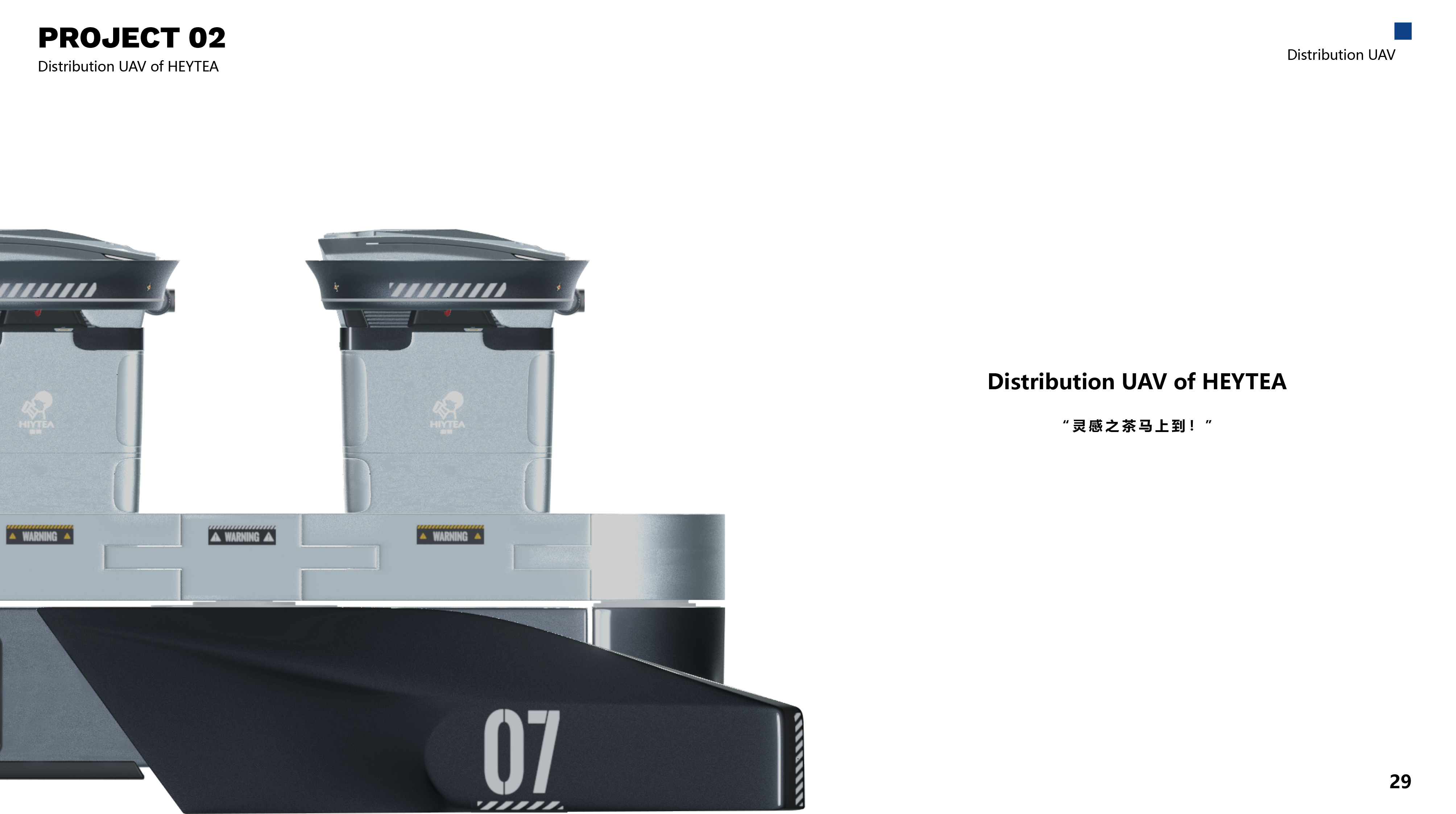
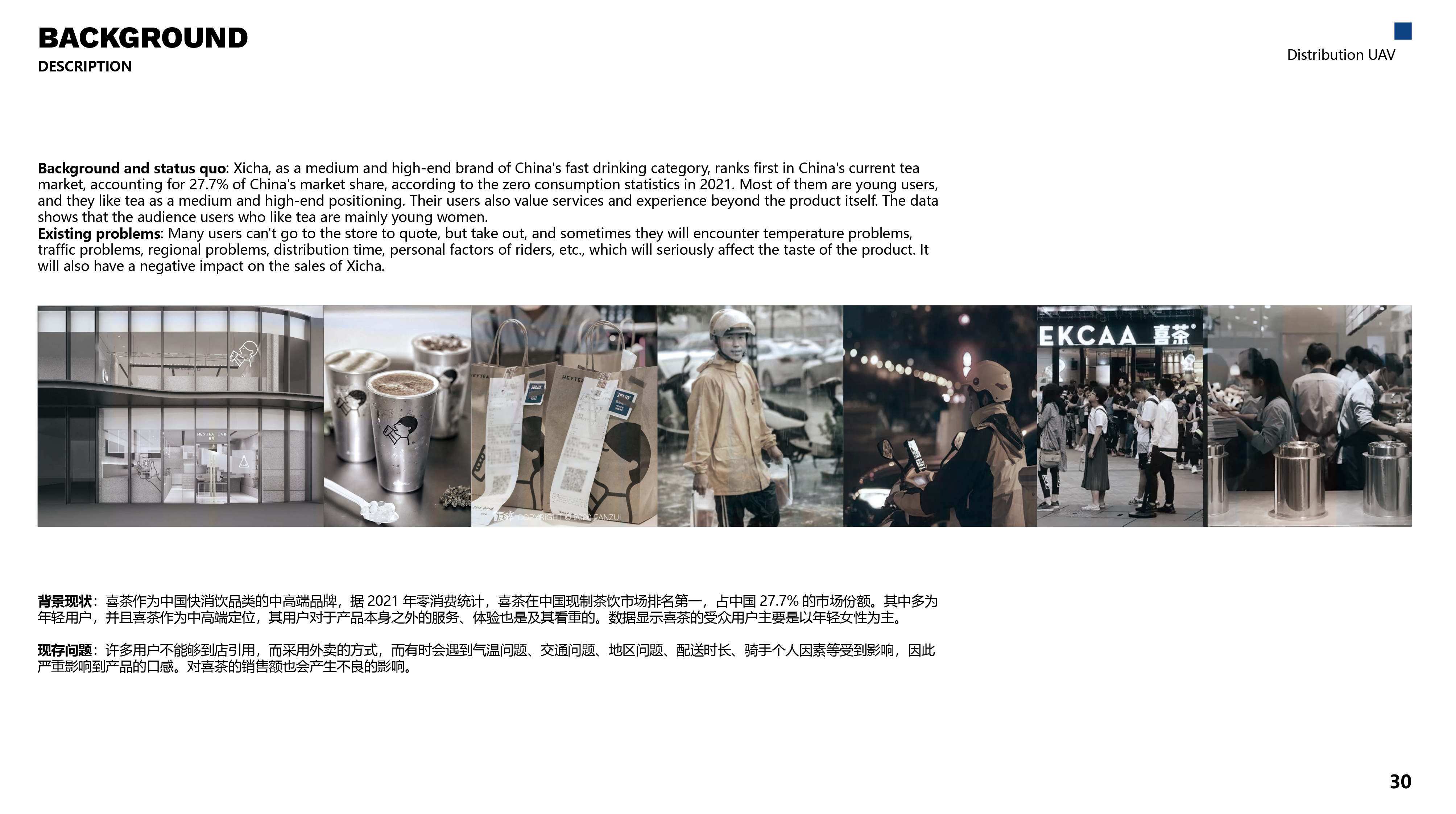
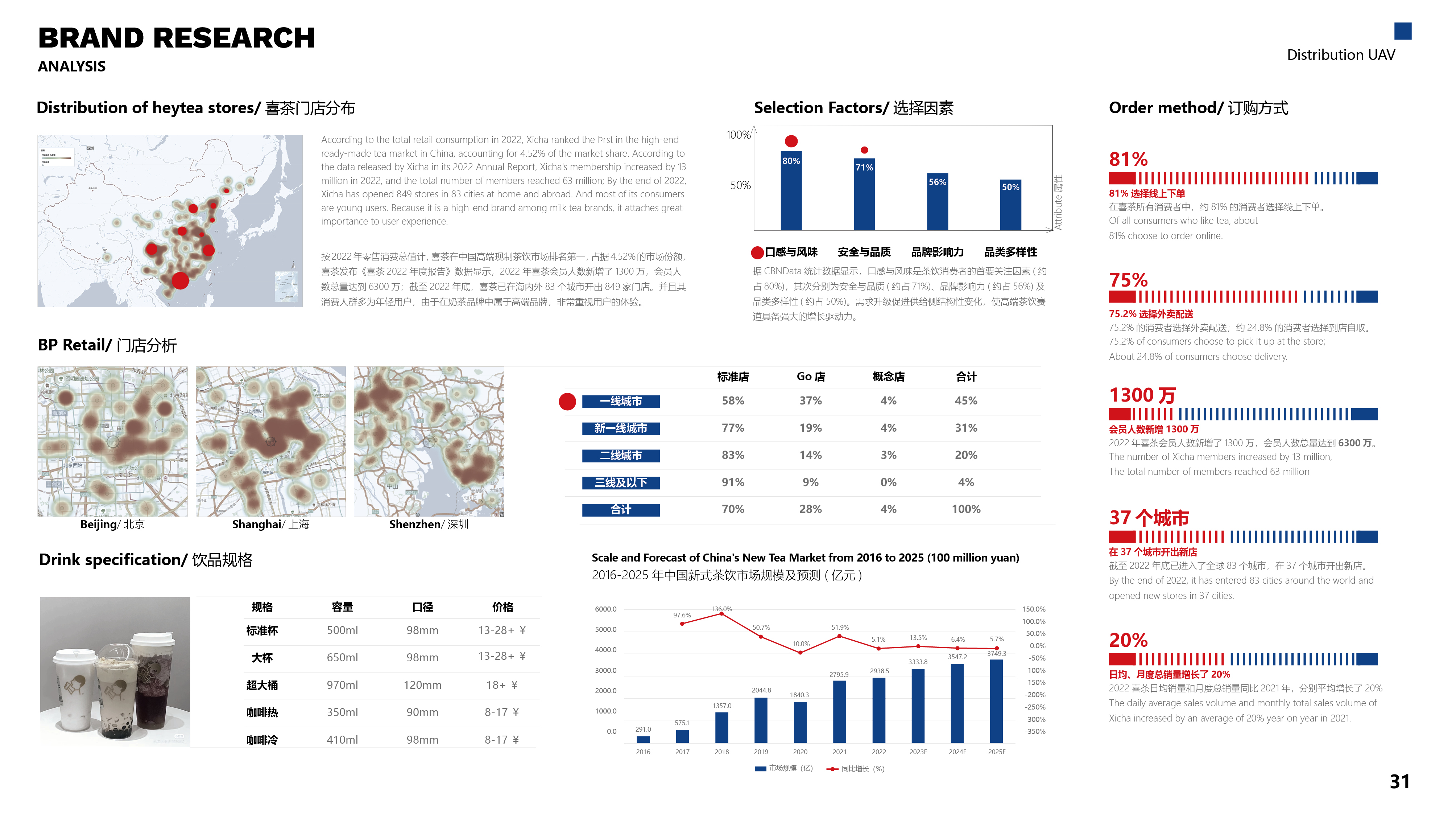
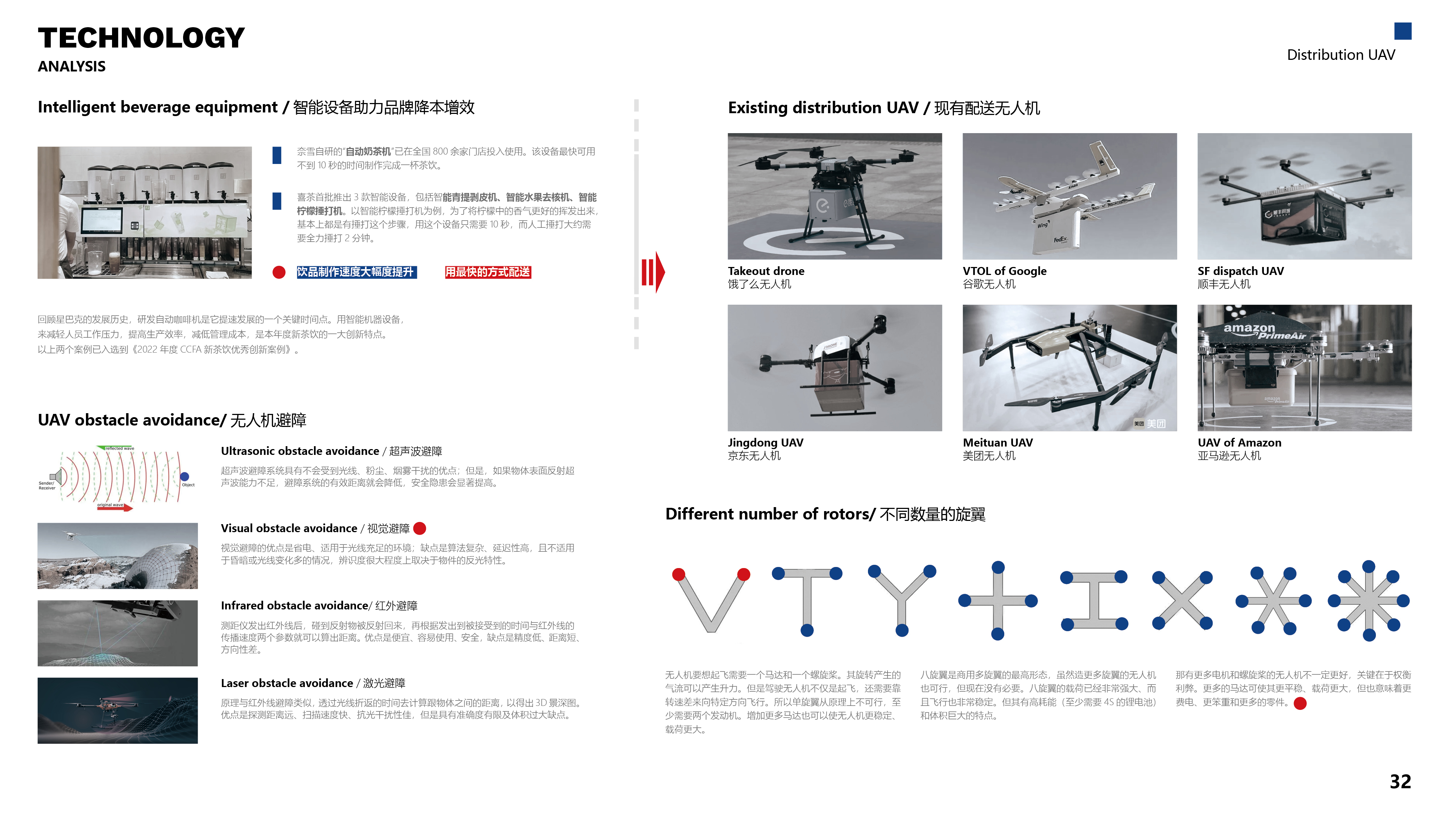
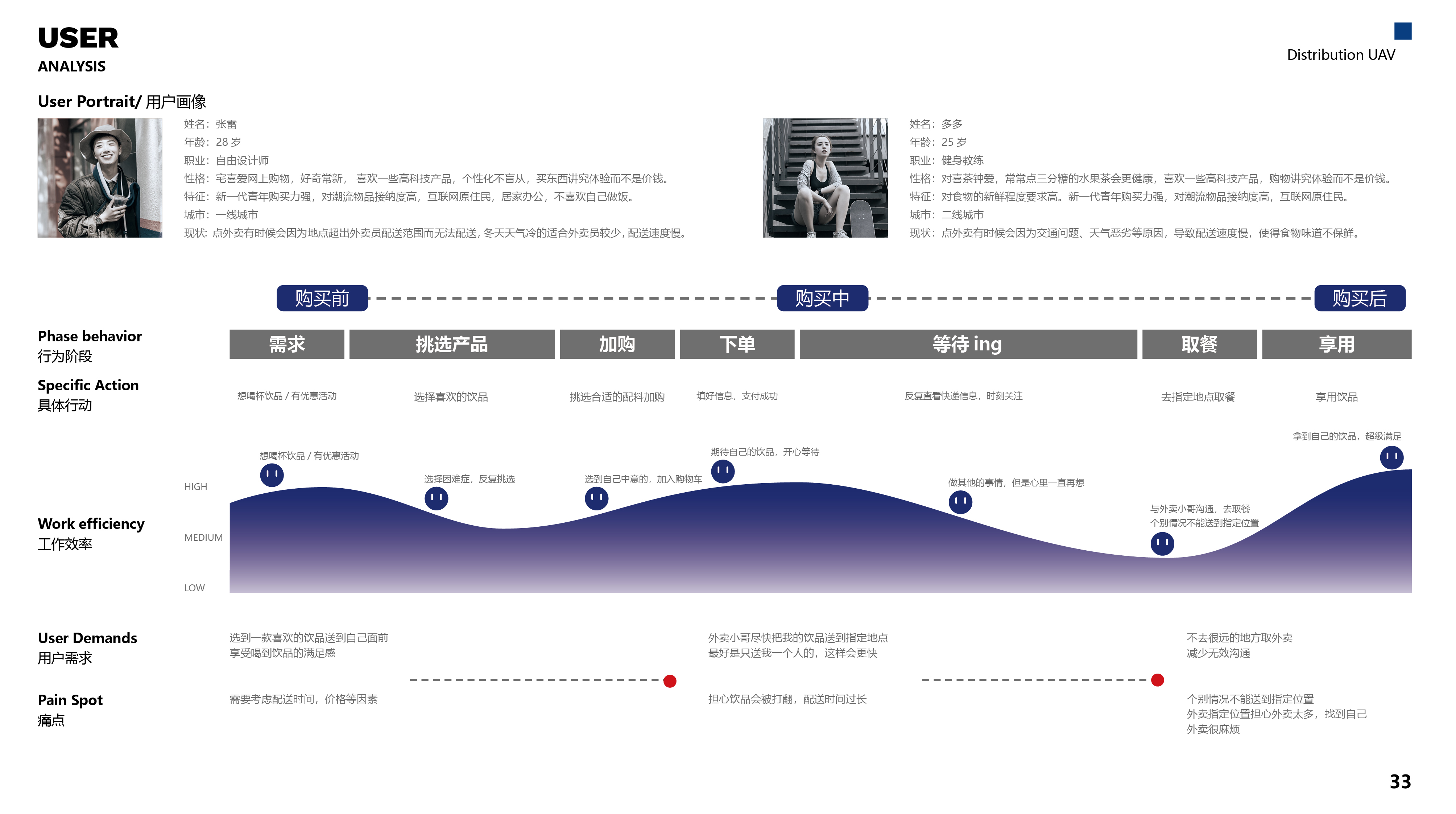
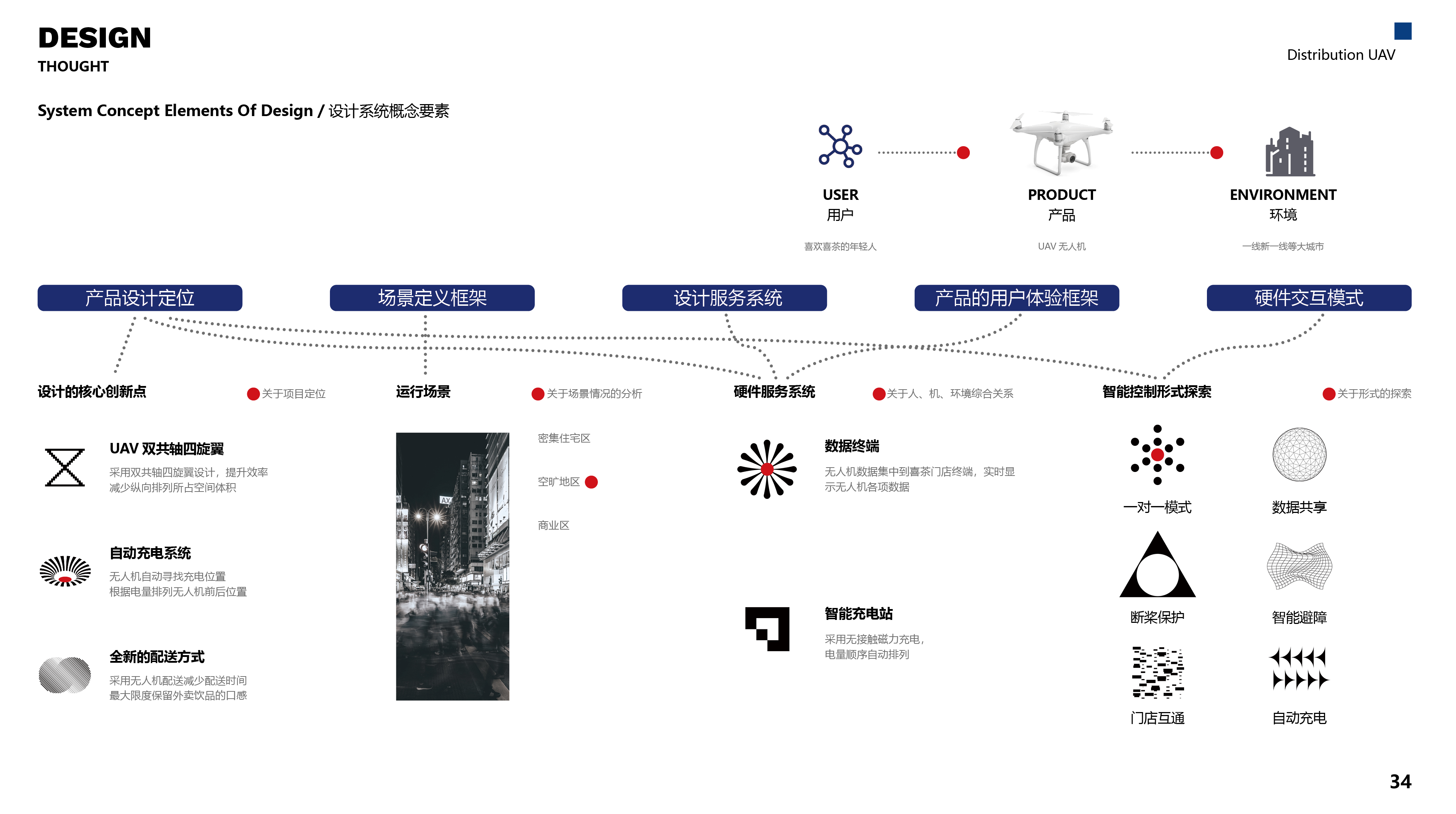
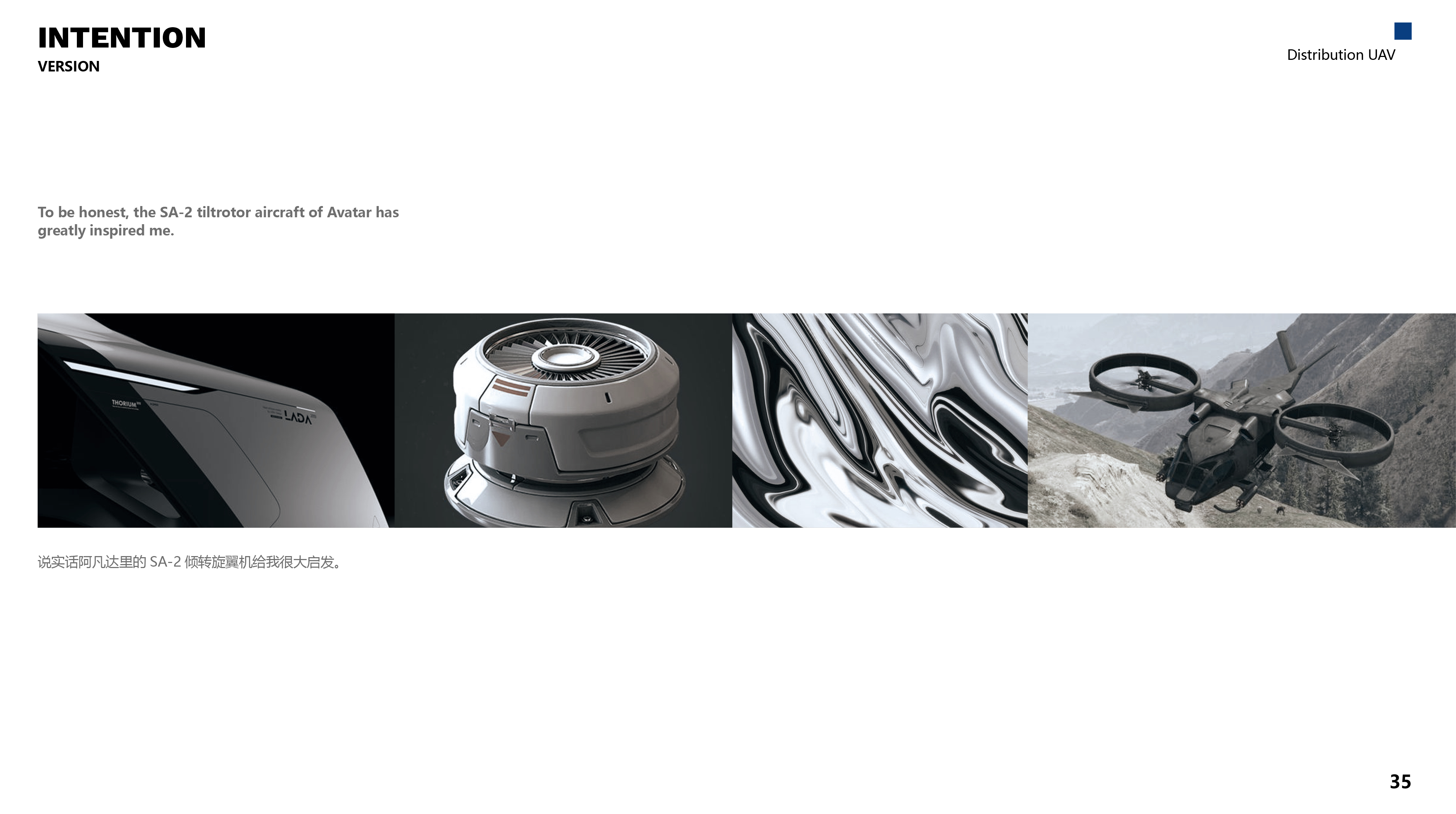
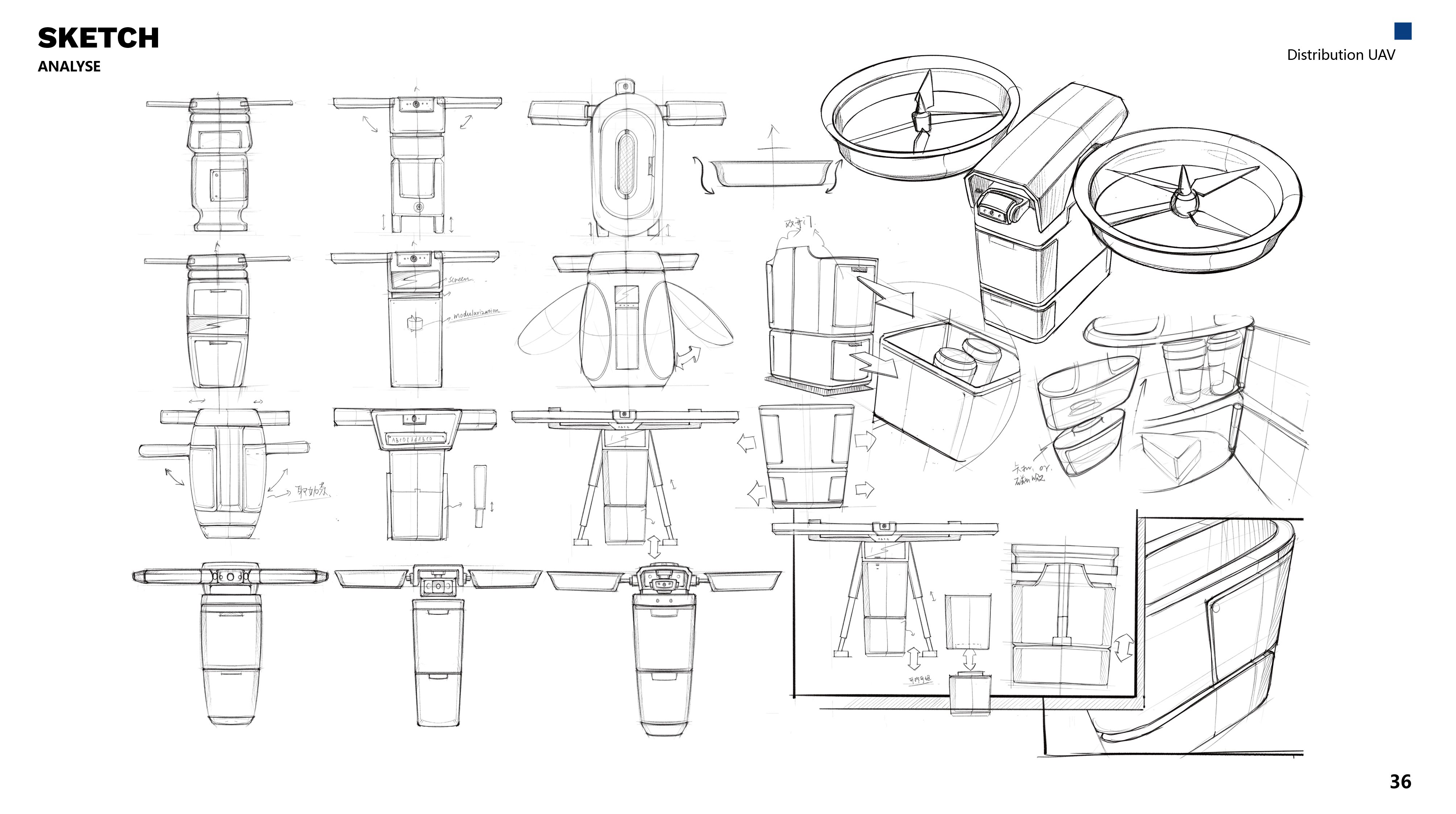

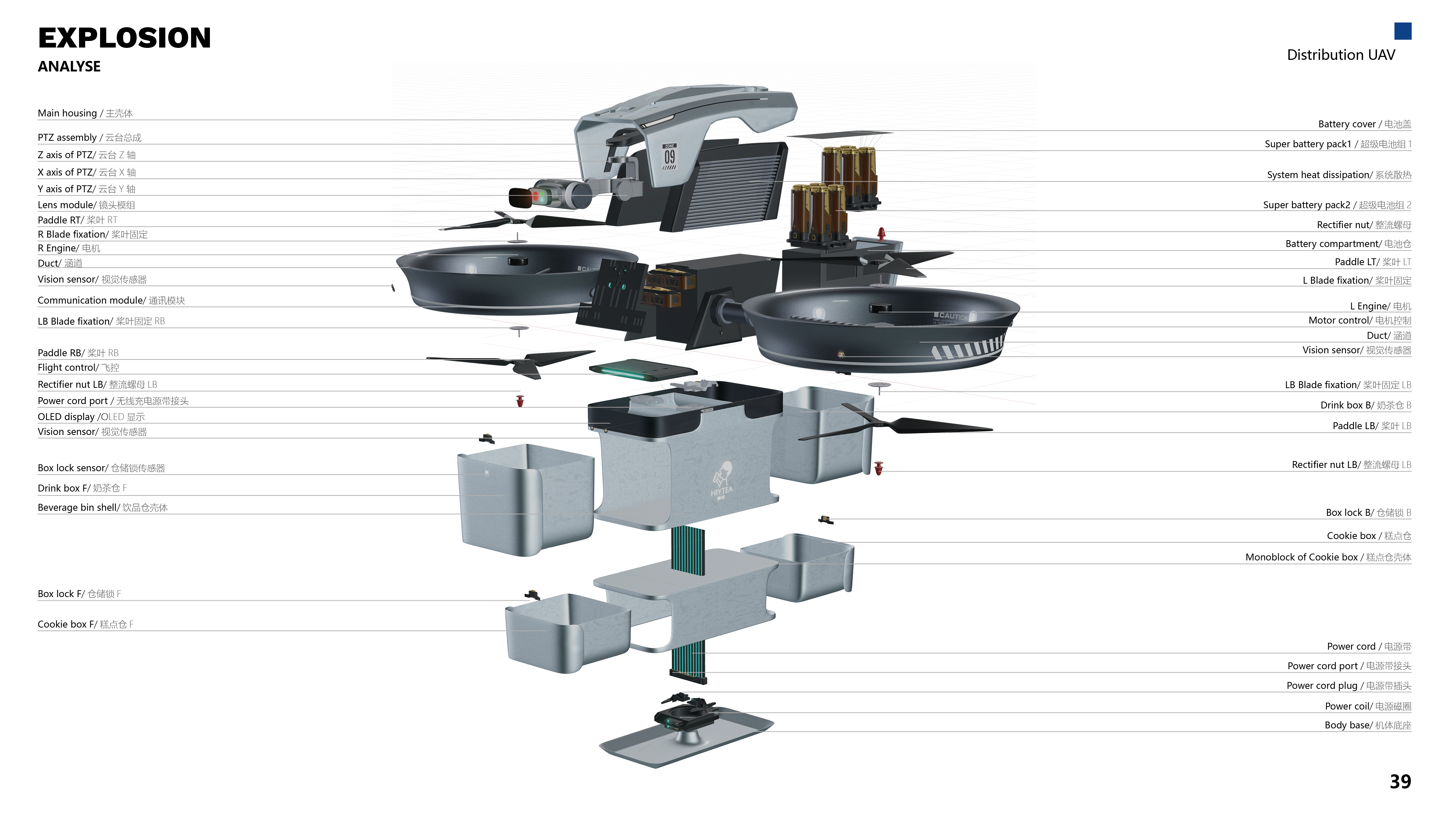
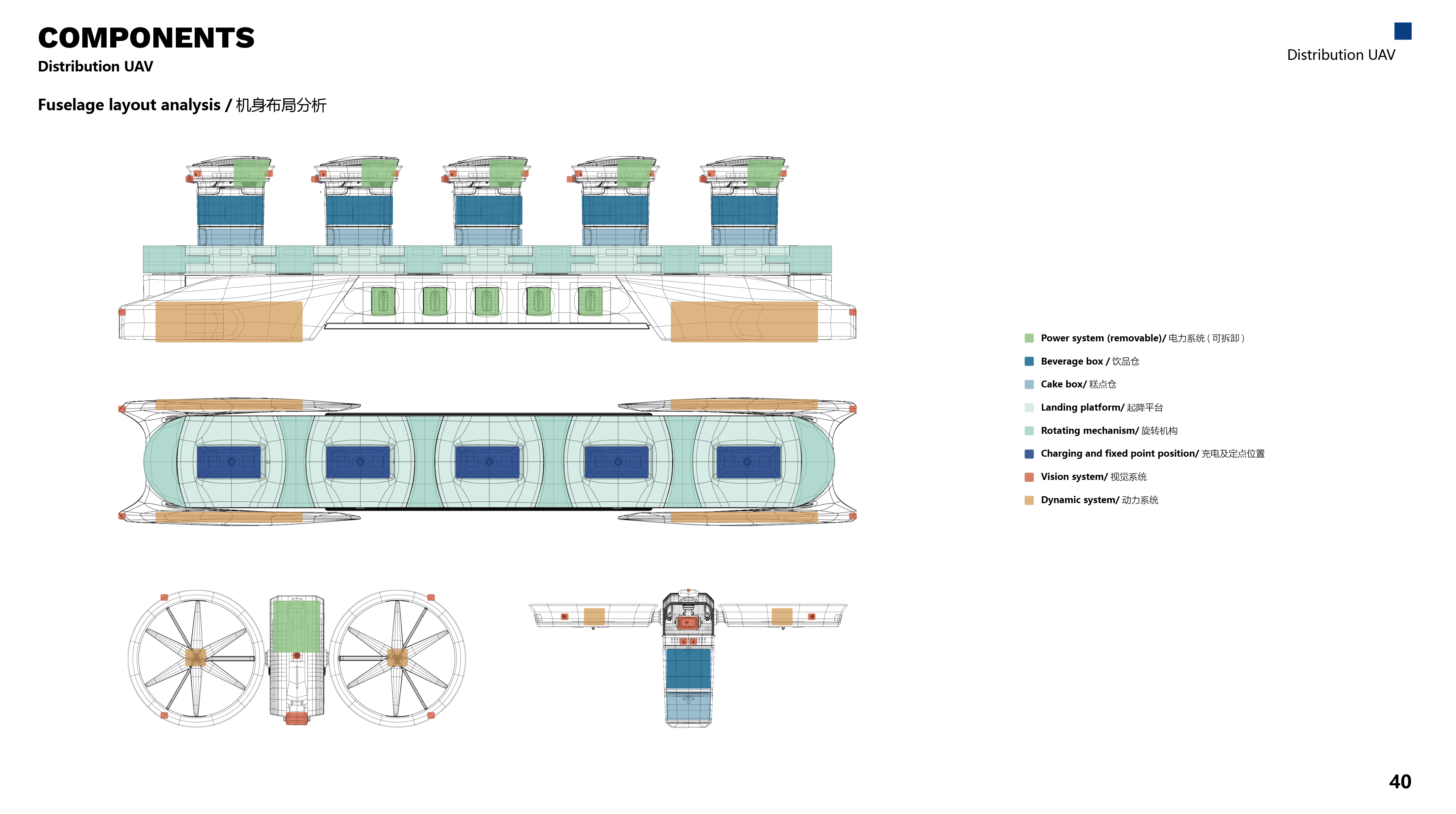
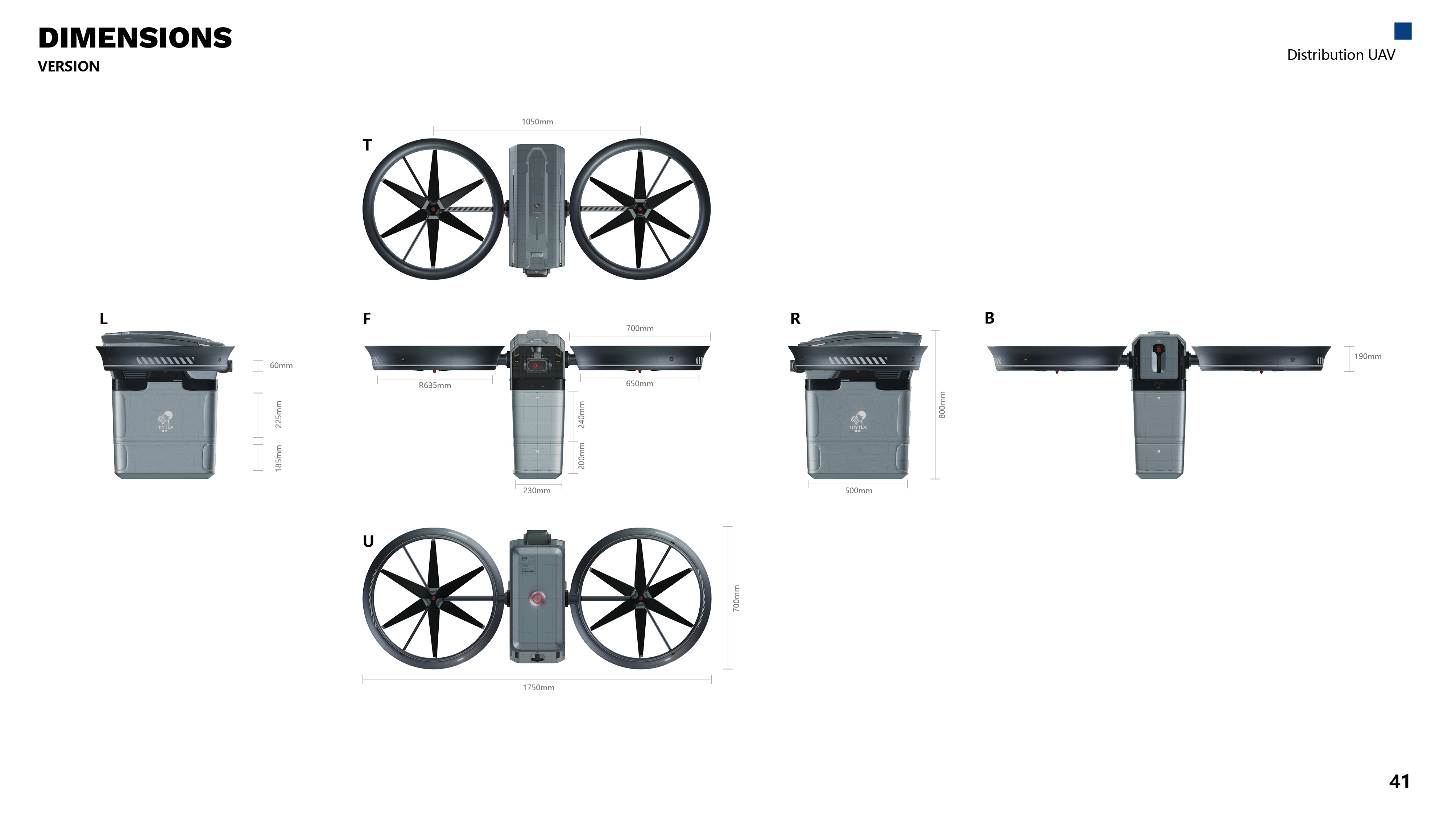
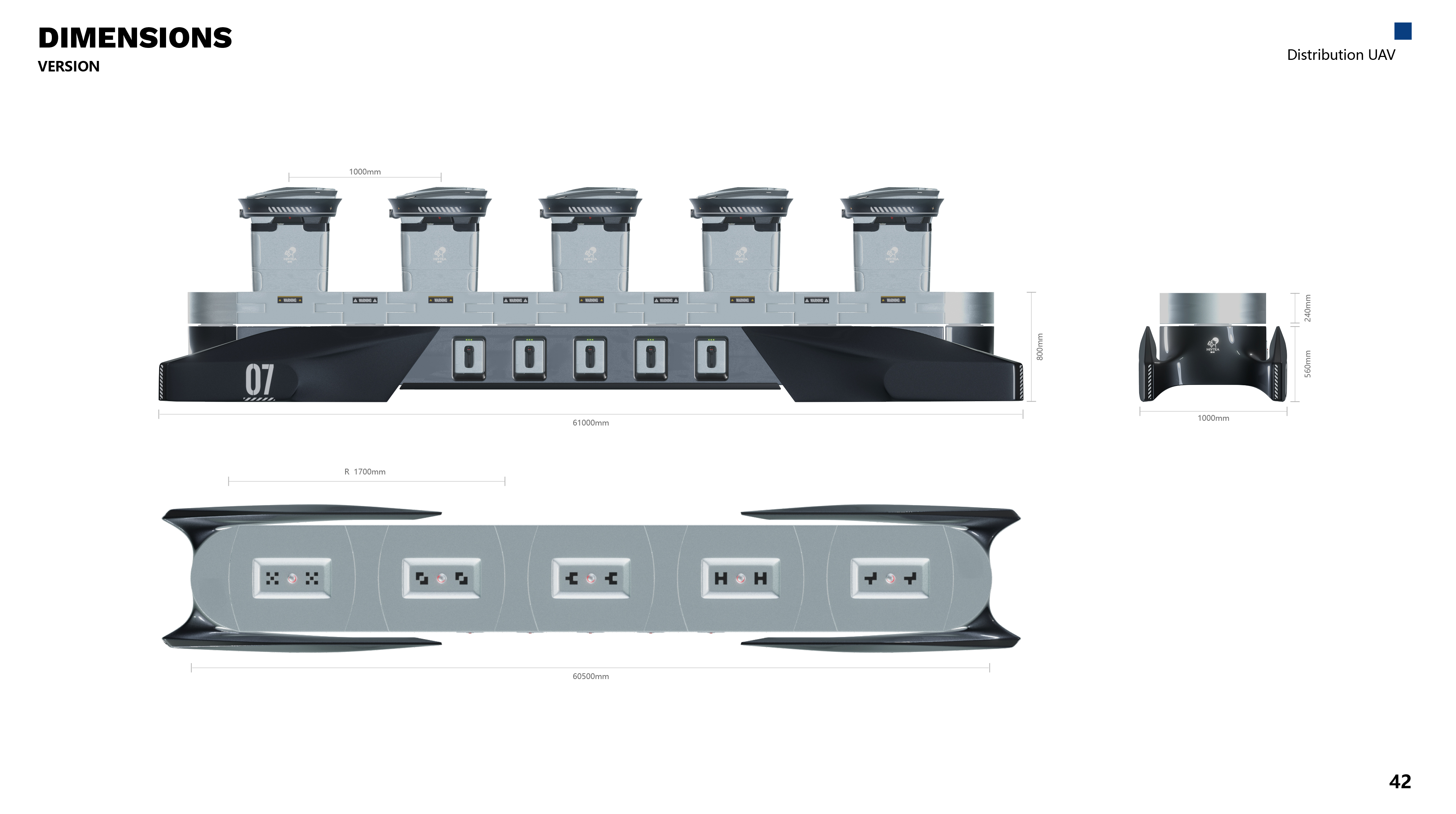
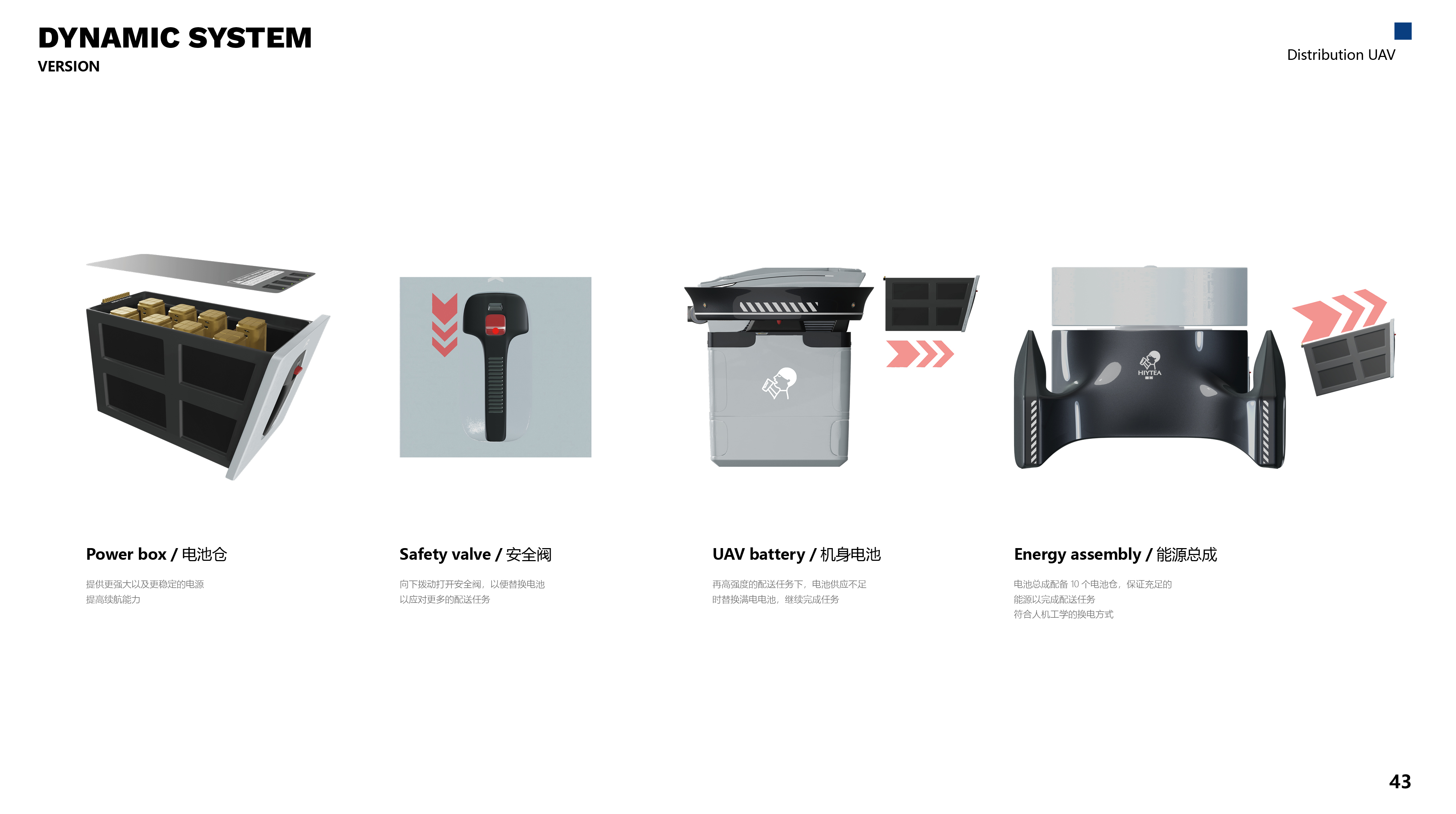
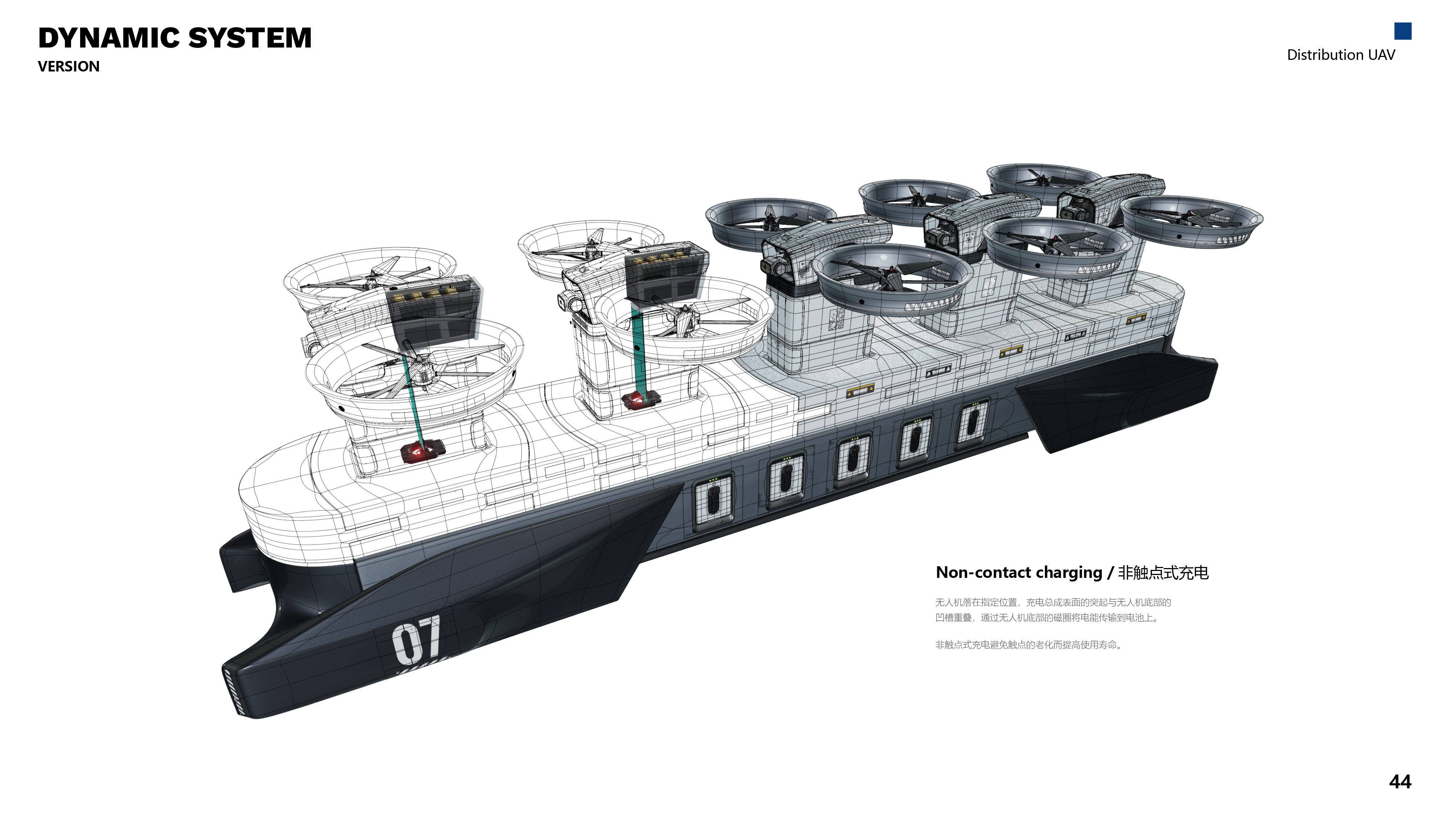
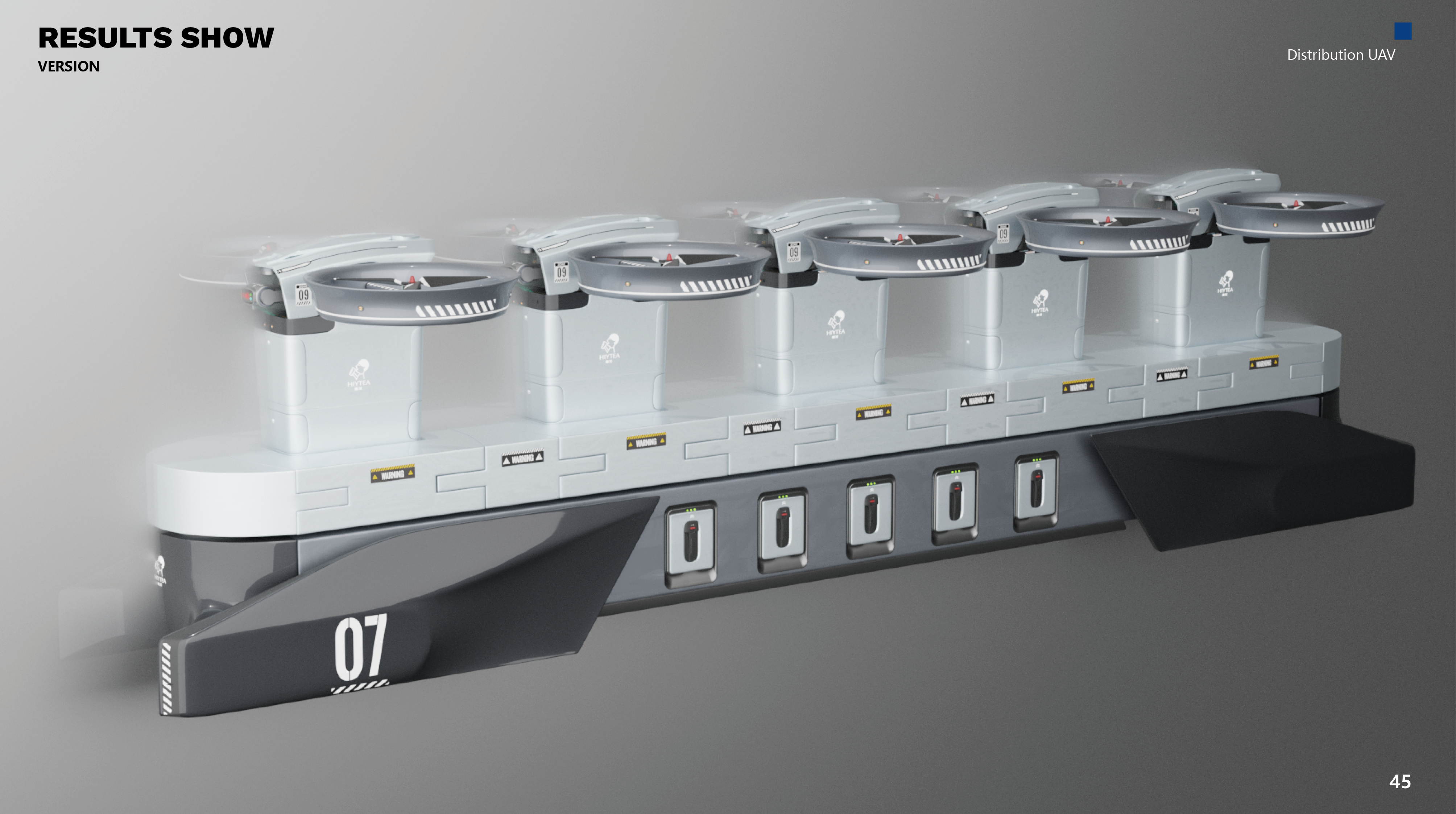
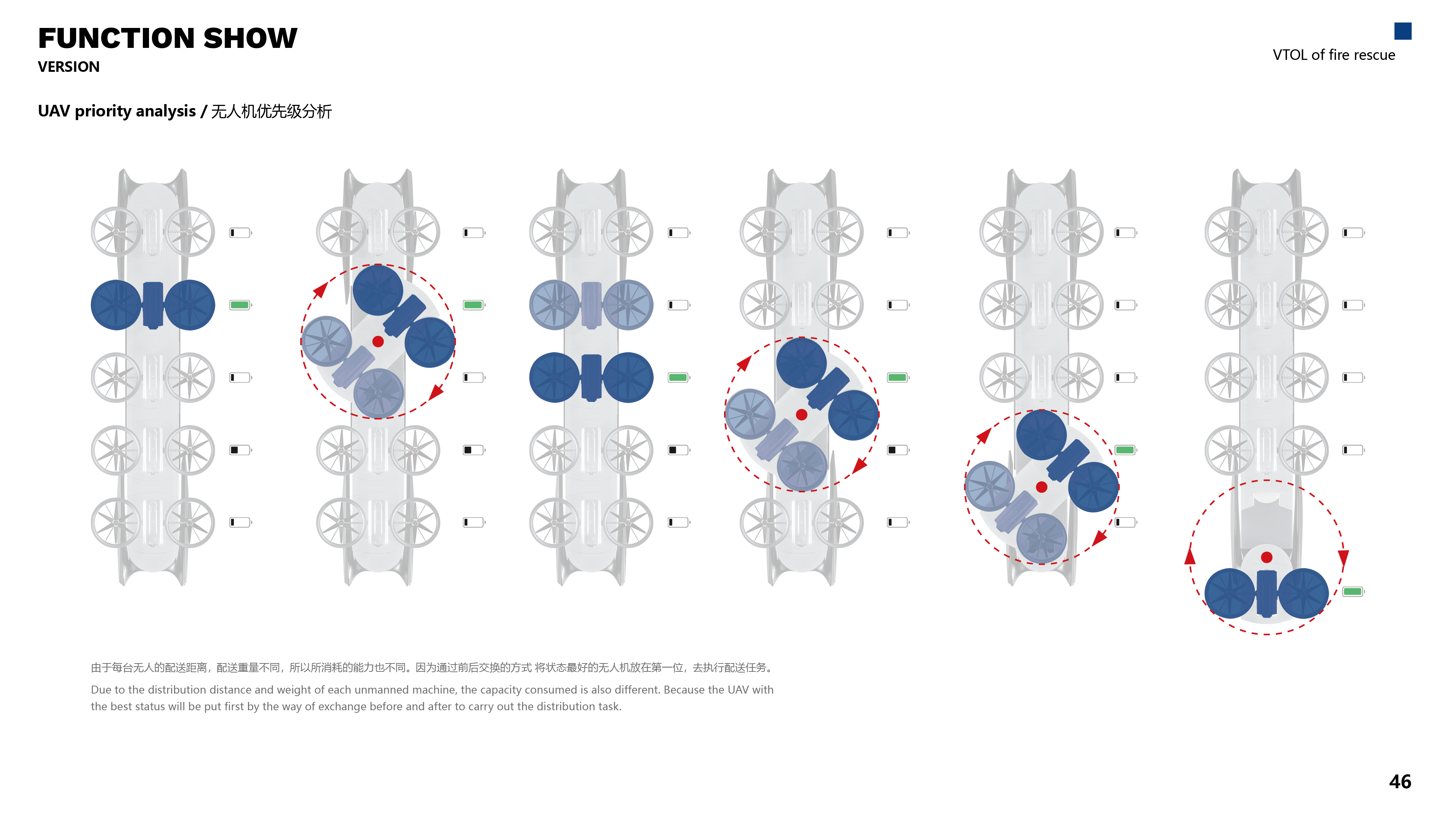
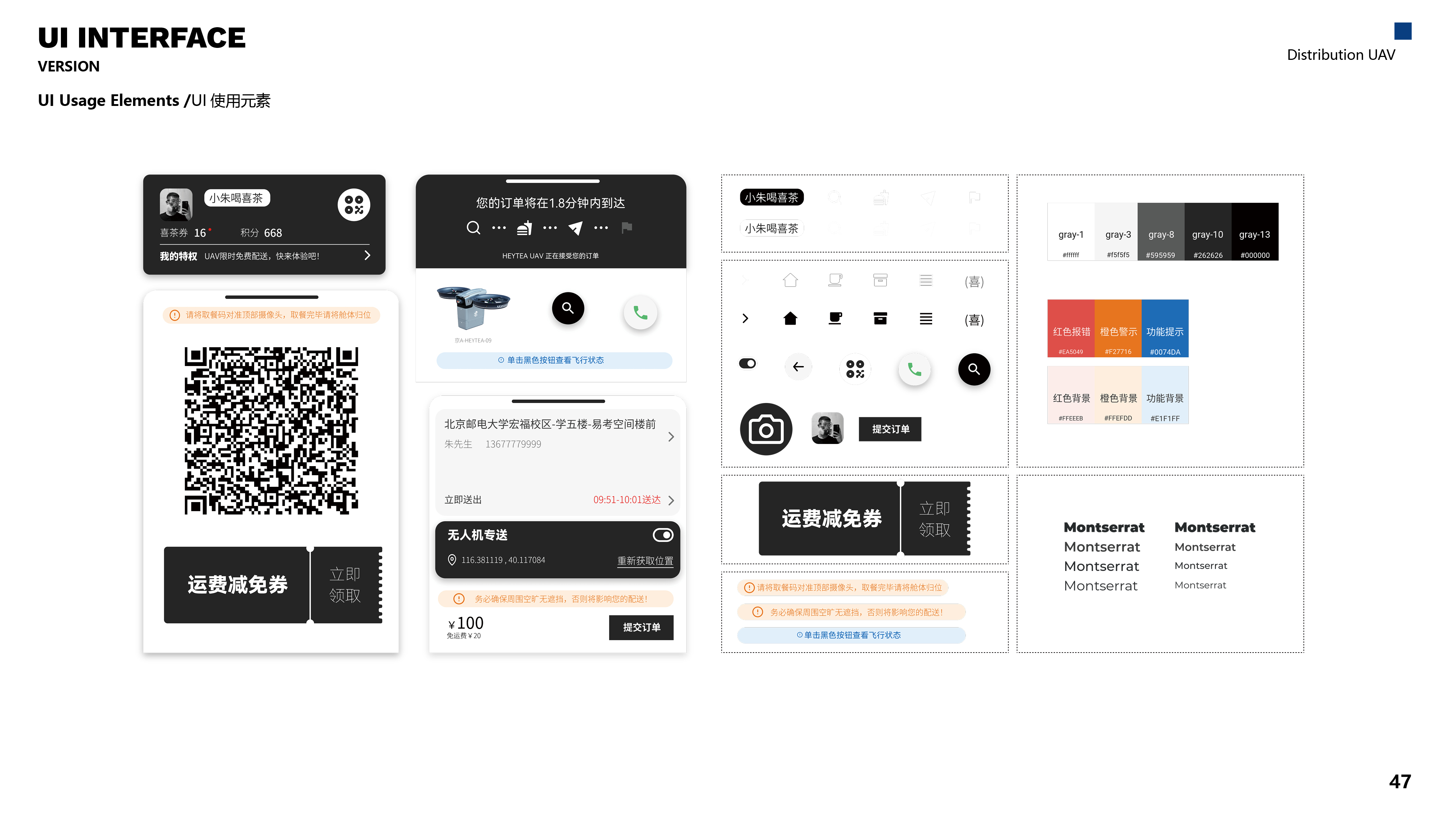
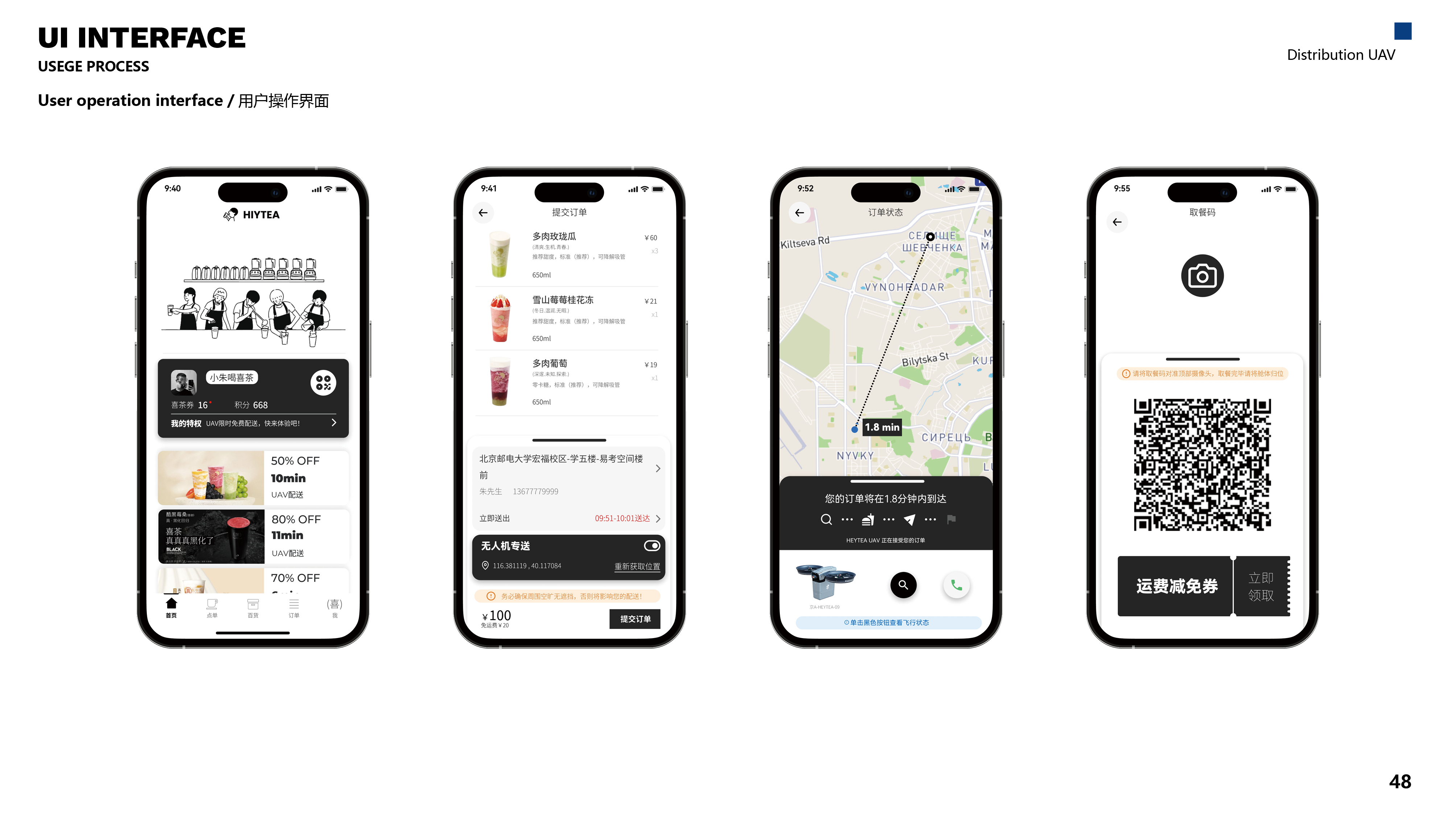
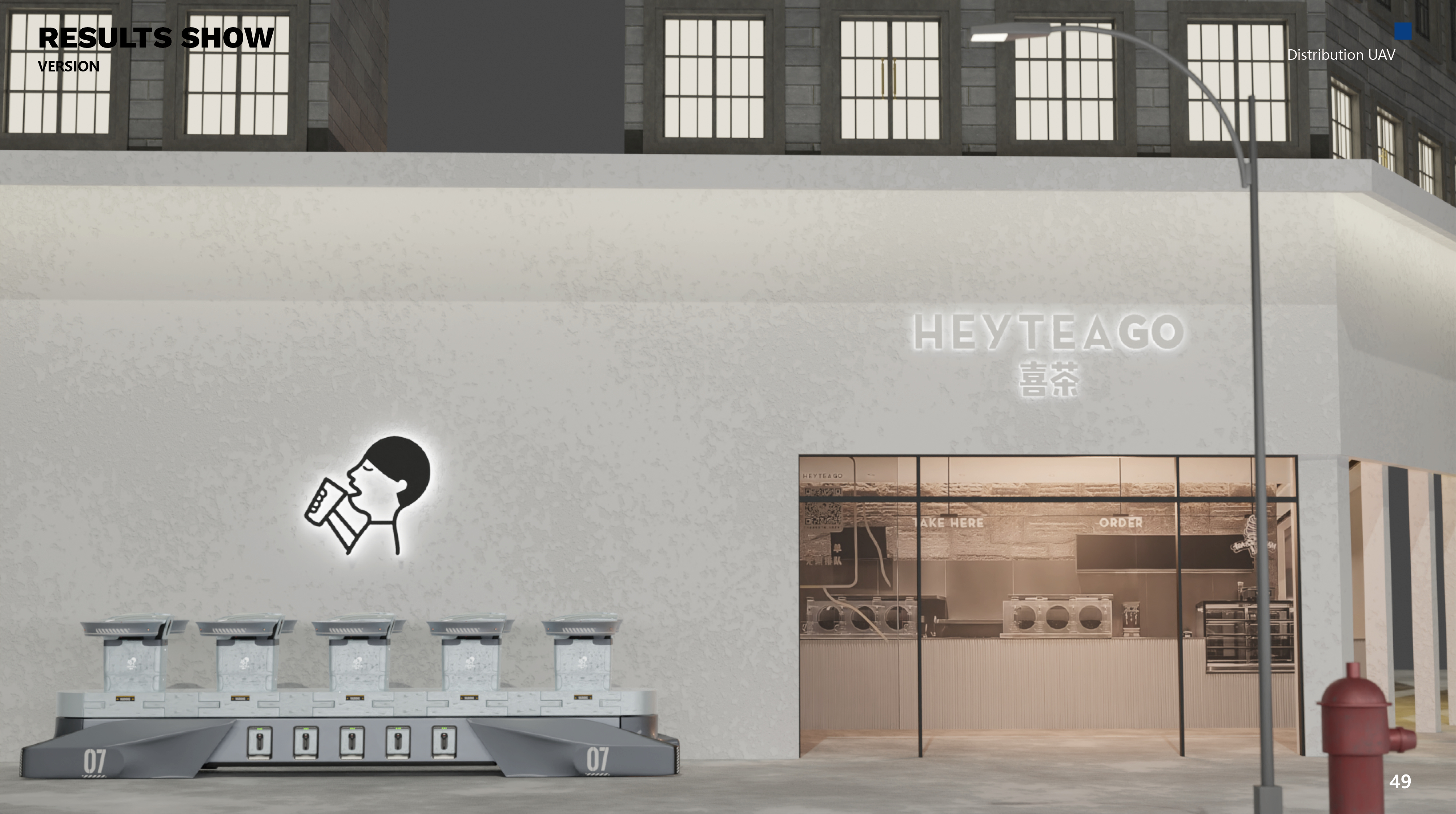
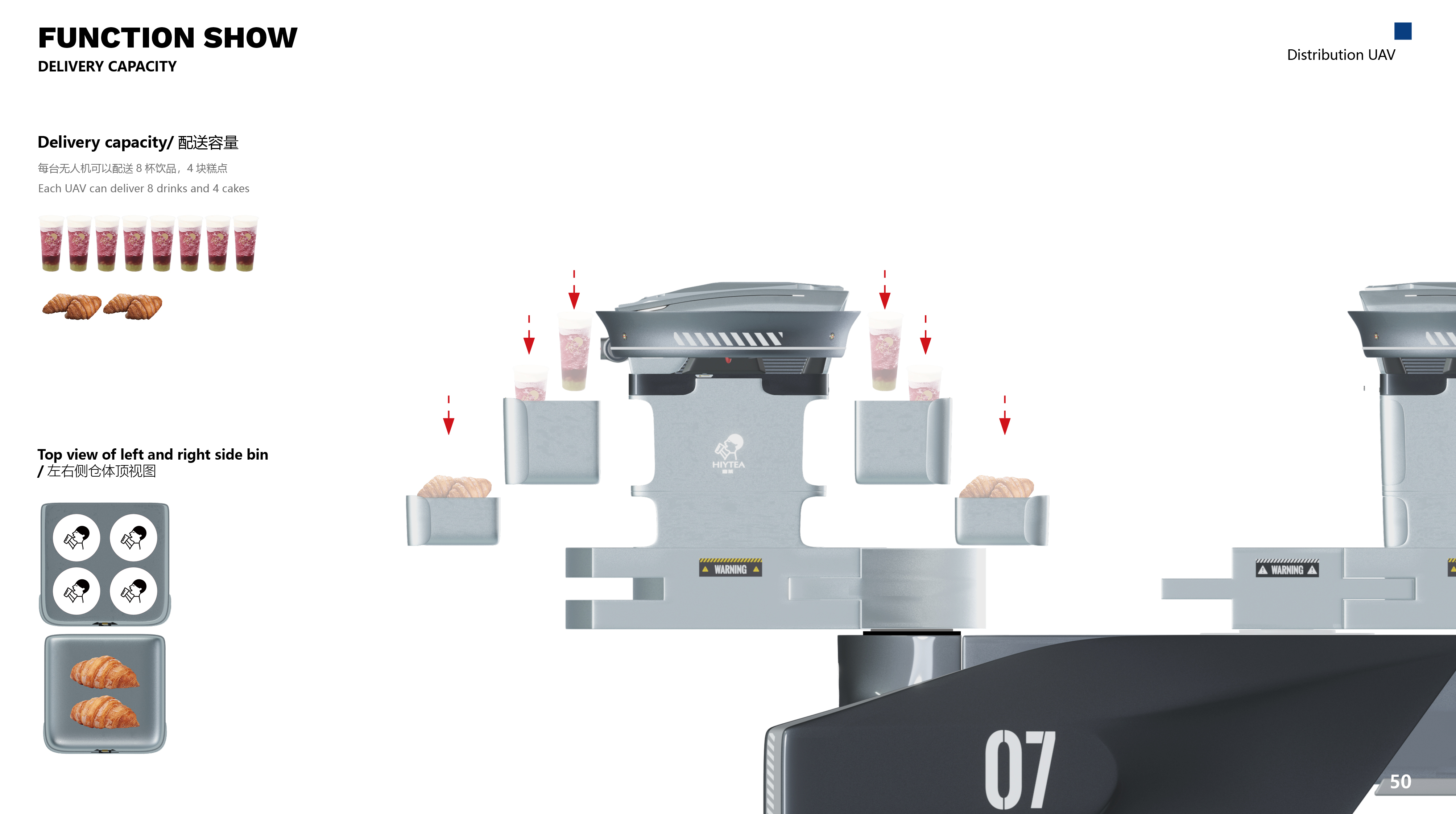
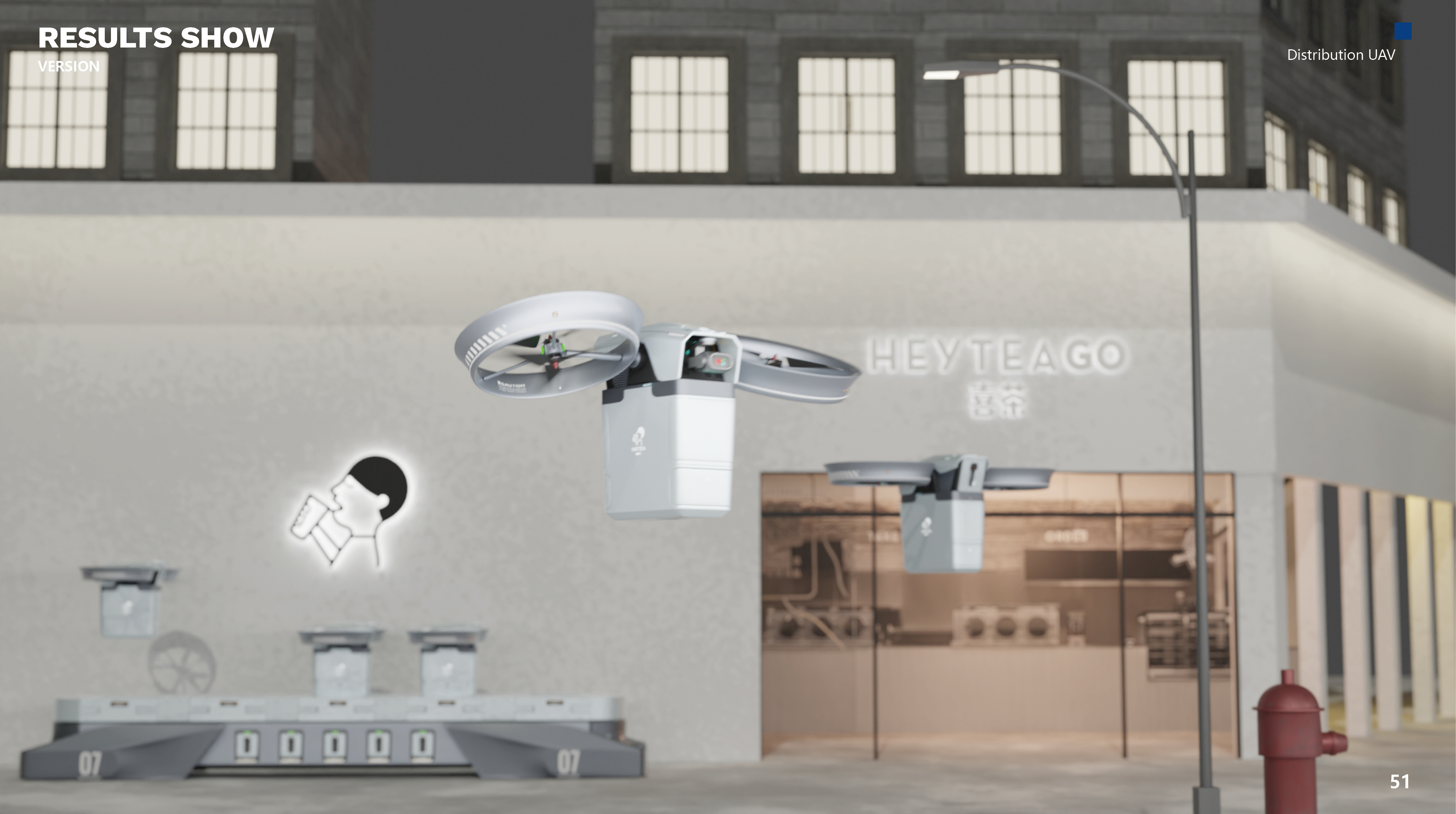
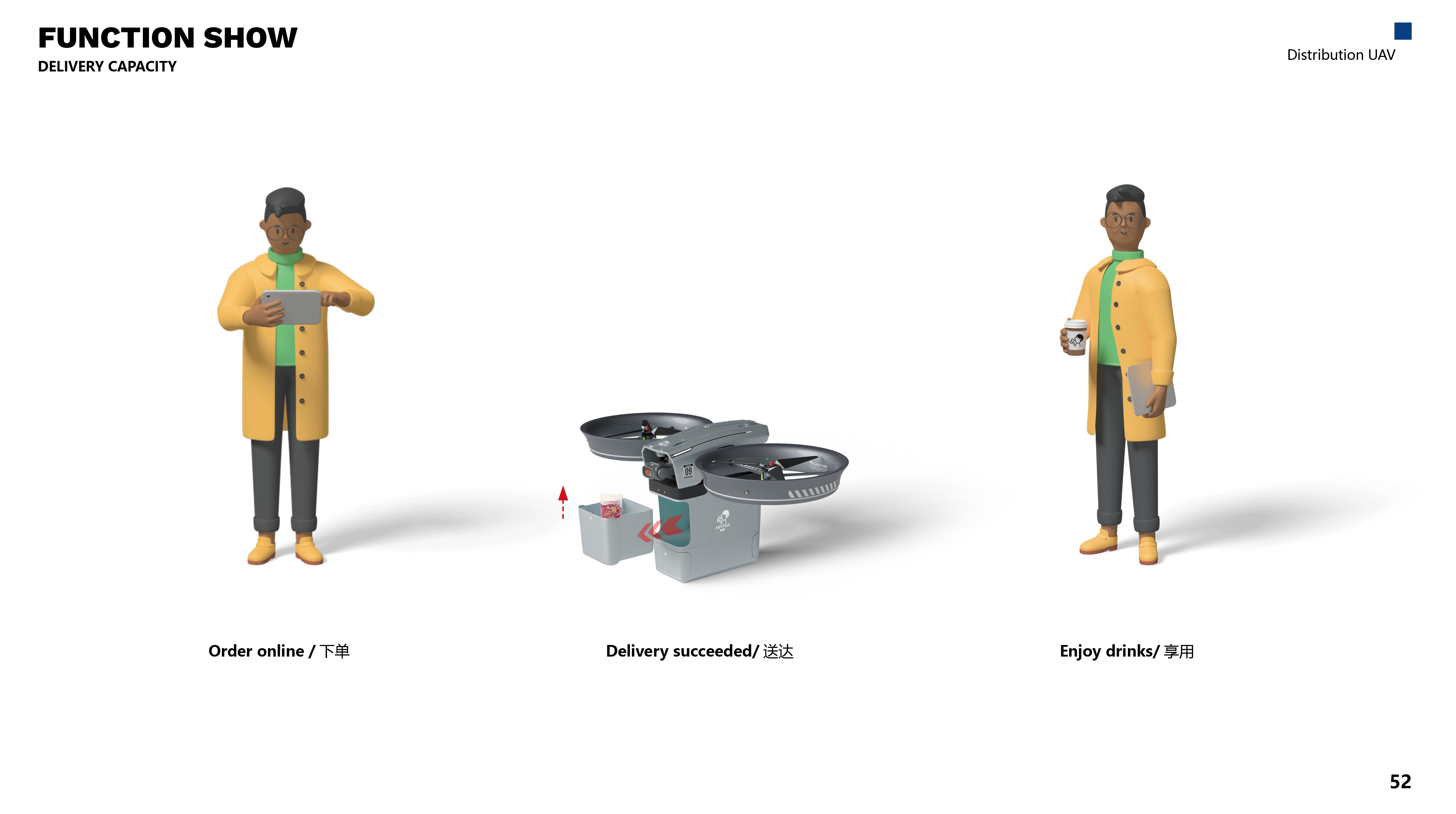
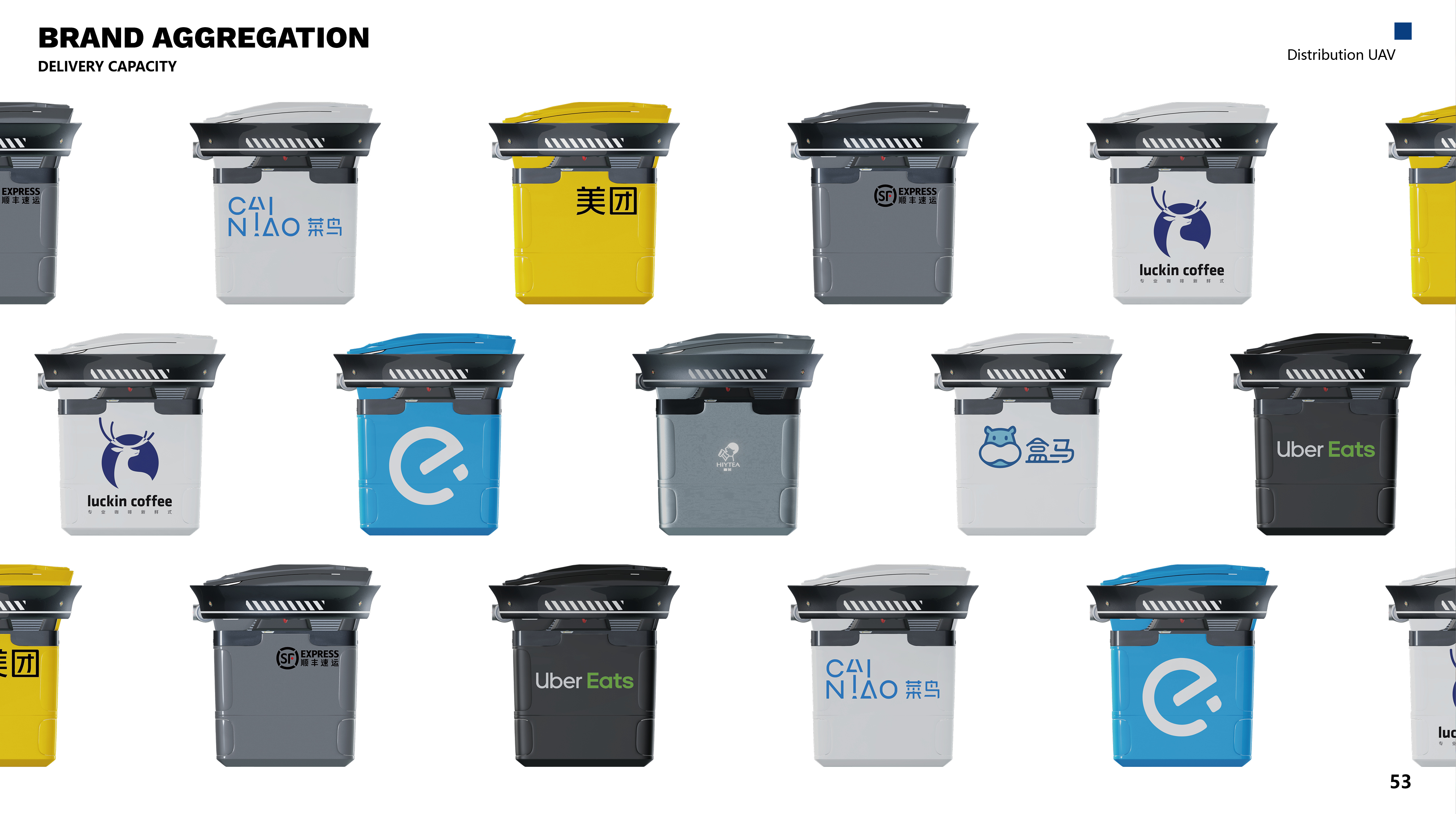
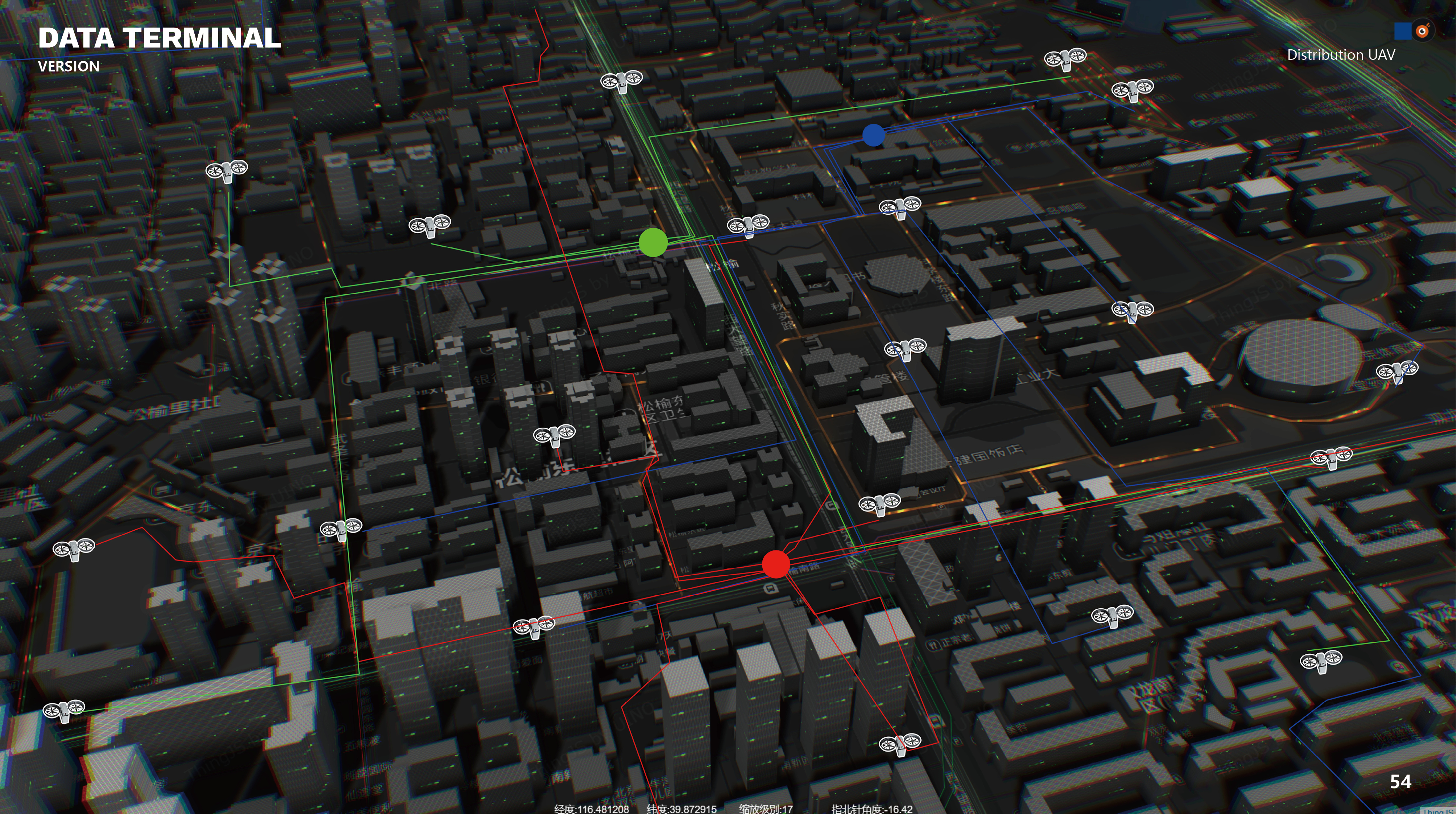
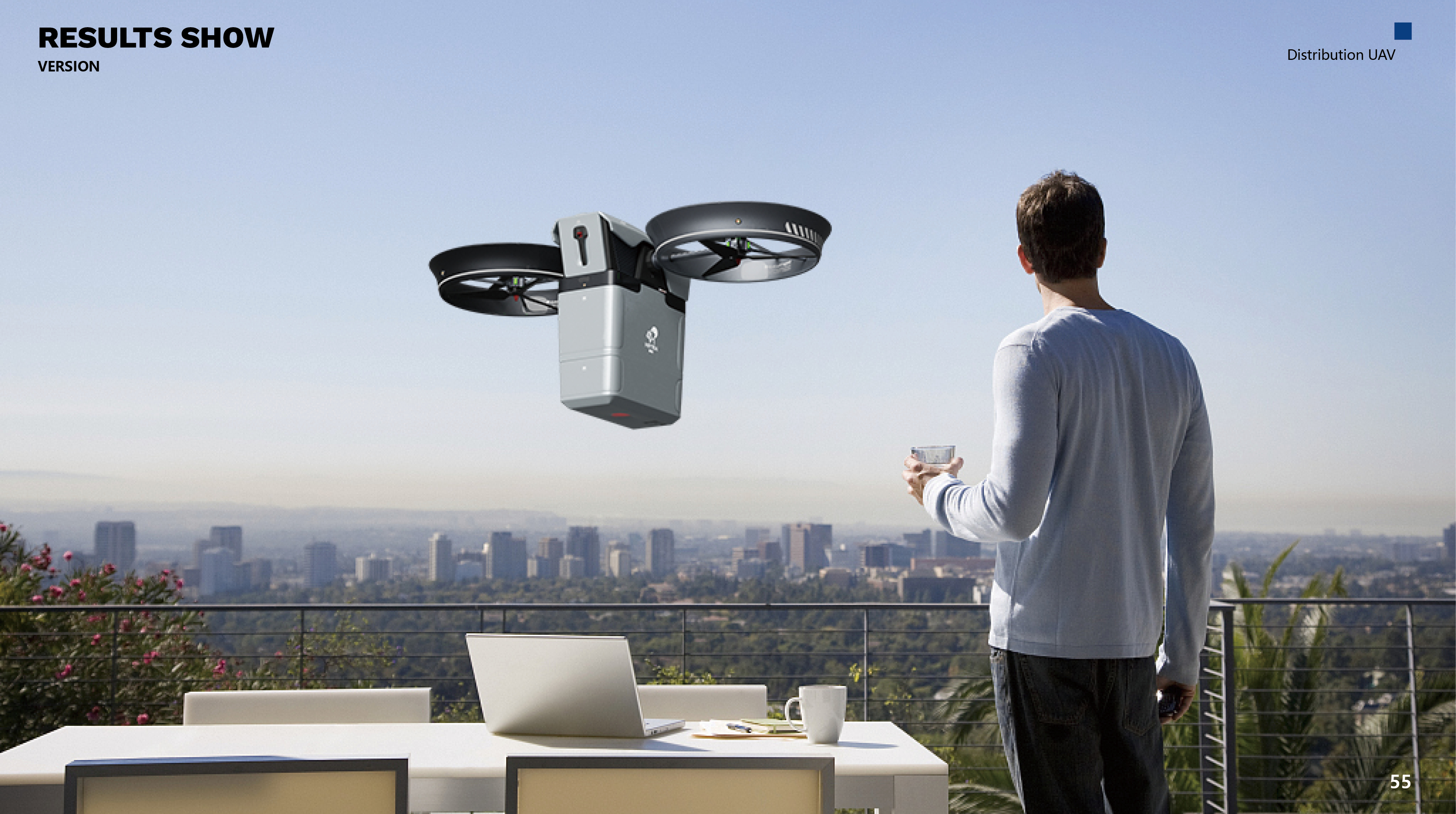
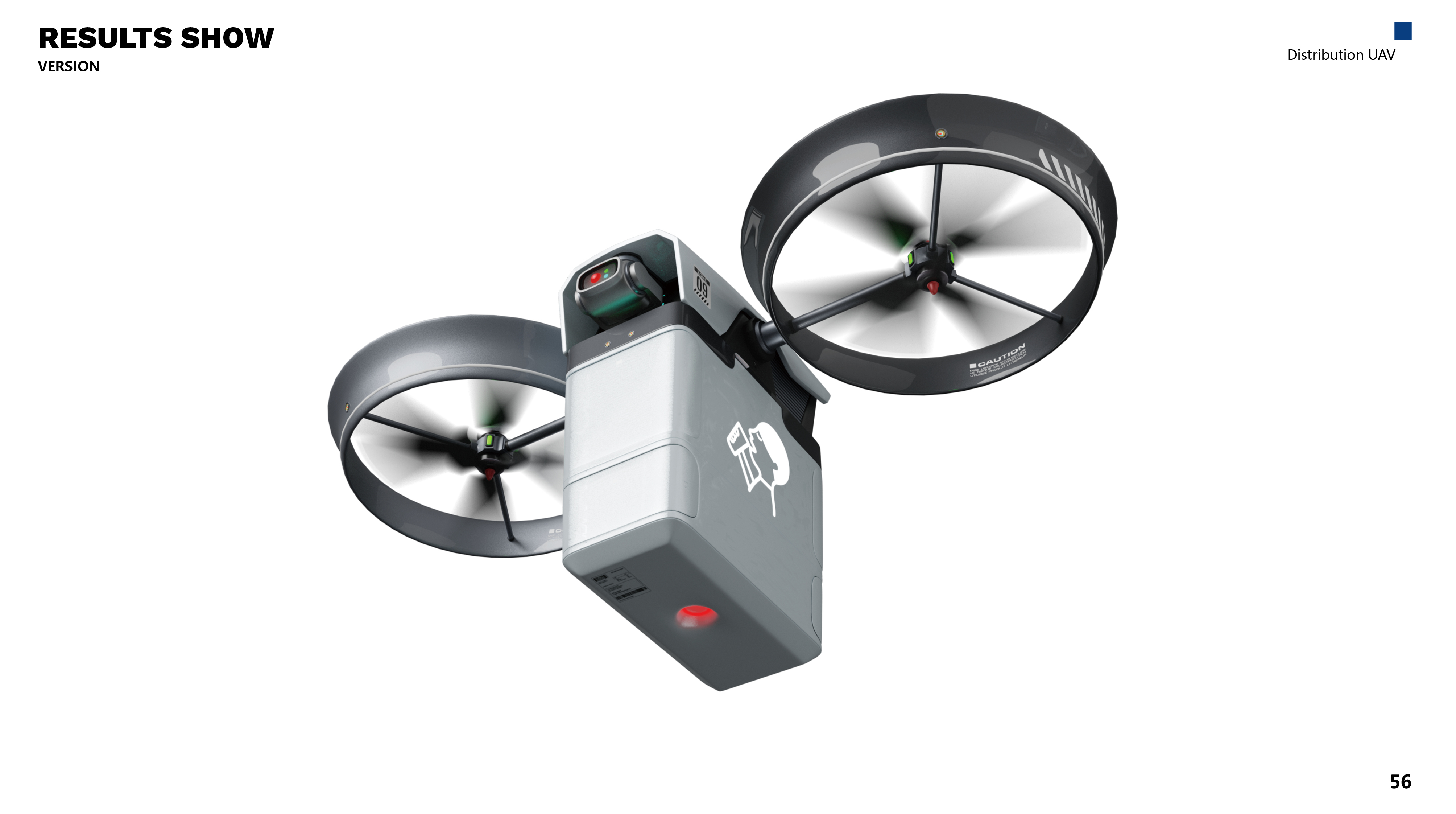
本作品版权归 小朱说设计行 所有,禁止匿名转载及个人使用,任何商业用途均需联系原作者。

新用户?创建账号
登录 重置密码

请输入电子邮件以重置密码。
So this is a topic for you?
User portraits are useful
For example, the advantages of traditional manual distribution can be enlarged, such as more convenient way of taking meals, what scientific and technological value can unmanned aerial vehicles bring, etc., not only reducing labor
Did you find a job in Beijing?
I voted for this project.
Rush to the front page!
Yes, support
That's amazing! Praise, praise, praise!
Why doesn't the line go straight up?
🐮🐮🐮
Very strong!
From the perspective of a reader, I feel a little fragmented. I went directly to the product from the research. Between the user's journey and the UAV plan, plus "the UAV distribution cost is lower than the manual distribution cost" and "the UAV distribution in first-tier cities, how much efficiency is improved compared with manual delivery" UAV distribution, which can better increase the cost and shorten the time of the lower stage of the user's journey. Will it be better? It might be better to add analysis.
Good cow.